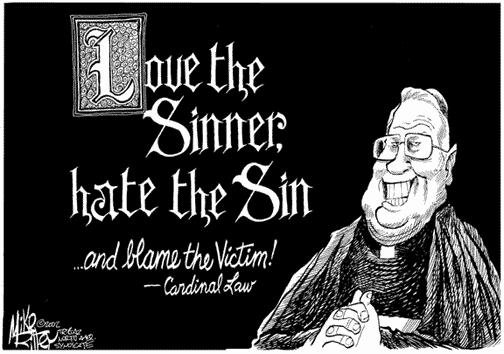- Over 2,000 children are still being used as soldiers by 27 armed groups in North Kivu in eastern Democratic Republic of Congo despite efforts by the United Nations Children’s Fund to remove them from the frontlines and return them to their homes.
Between January and July, about 1,700 child soldiers were part of the UNICEF demobilisation and reintegration programme. But at the end of July, UNICEF condemned the worrying increase of child victims in the ongoing conflict that has rocked North Kivu since fighting broke out in May 2012 between the Congolese armed forces and the M23 rebels.
“Even though the DRC is a signatory to the Convention on the Rights of the Child, our country is on the [U.N. child solider] ‘list of shame’ of armed forces and groups involved in recruiting and exploiting children,” Bashimbe said.
In a region where nationalist propaganda, ethnic claims, land disputes and minerals drive the war, “the militias use the children as a vulnerable and impressionable source of labour,” he elaborated.
Justin Akili, who participated in drafting the DDR operational plan for the DRC in 2003, said that former child soldiers who are “unleashed” onto families that are frightened of them because of their past, receive one goat as a “family reintegration” donation. Child soldiers of school-going age also receive school supplies and fees to pursue their studies until they obtain their state certificate (Baccalaureate).
When IPS met 16-year-old Maurice, he was seated under a tree, staring ahead into the distance with a dazed expression. The former child soldier, who fought on the side of both the armed forces and rebel groups, was pulled out of a North Kivu militia group called Nyatura. It was his second demobilisation after previously being removed from the Coalition of Congolese Patriotic Resistance.
“The economic hardships the first time I was reunited with my family were so hard that I decided to go back to fighting,” Maurice told IPS.
Child soldiers face the double challenge of starting life afresh and proving themselves in the community. So the DDR provides for their socio-economic reintegration through income-generating activities or apprenticeships.
The International Committee of the Red Cross (ICRC) visits each child soldier three months after they are reunited with their families to check on their reintegration and child protection issues, Rita Palombo the ICRC delegate in Goma, the capital of North Kivu province, explained to IPS.
But “because of economic hardship and the persistence of militia, the children, who were previously armed fighters, can’t adapt to normal life, so they revolt and set their minds on returning to the bush,” Akili told IPS.
In 2003, the U.N. estimated that children constituted 40 percent of certain armed groups in the DRC. That same year, it was estimated that the DRC was home to half of the 130,000 child soldiers in Africa, out of a total of 300,000 worldwide.
According to UNICEF, by 2006, the government commission in charge of the DDR programme had only demobilised 19,000 former child soldiers before it ran into difficulties.
With the arrest of certain Congolese warlords for using child soldiers amongst other ranks, the International Criminal Court has created such alarm that the statistics have gone down, said Potient Bashonga, who is in charge monitoring former child soldiers at UNICEF, Goma.
He was taken to Nyakariba Transit and Orientation Centre for former child soldiers, to be reintegrated into civilian life. And he too was given a goat by Caritas Goma for returning to his family. But, he said, his family ate it when he was away.
But “because of economic hardship and the persistence of militia, the children, who were previously armed fighters, can’t adapt to normal life, so they revolt and set their minds on returning to the bush,” Akili told IPS.
In 2003, the U.N. estimated that children constituted 40 percent of certain armed groups in the DRC. That same year, it was estimated that the DRC was home to half of the 130,000 child soldiers in Africa, out of a total of 300,000 worldwide.
According to UNICEF, by 2006, the government commission in charge of the DDR programme had only demobilised 19,000 former child soldiers before it ran into difficulties.
With the arrest of certain Congolese warlords for using child soldiers amongst other ranks, the International Criminal Court has created such alarm that the statistics have gone down, said Potient Bashonga, who is in charge monitoring former child soldiers at UNICEF, Goma.
But Bashimbe stressed that currently “the issue of socio-economic reintegration remains critical” in every village where children were recruited into the ranks of the Congolese army or armed groups.
“I allowed my son to be reintegrated into my home because they promised him economic support. Now they have broken the promise, he is likely to take up arms again,” said the father of a former child soldier who requested anonymity.





















Geen opmerkingen:
Een reactie posten